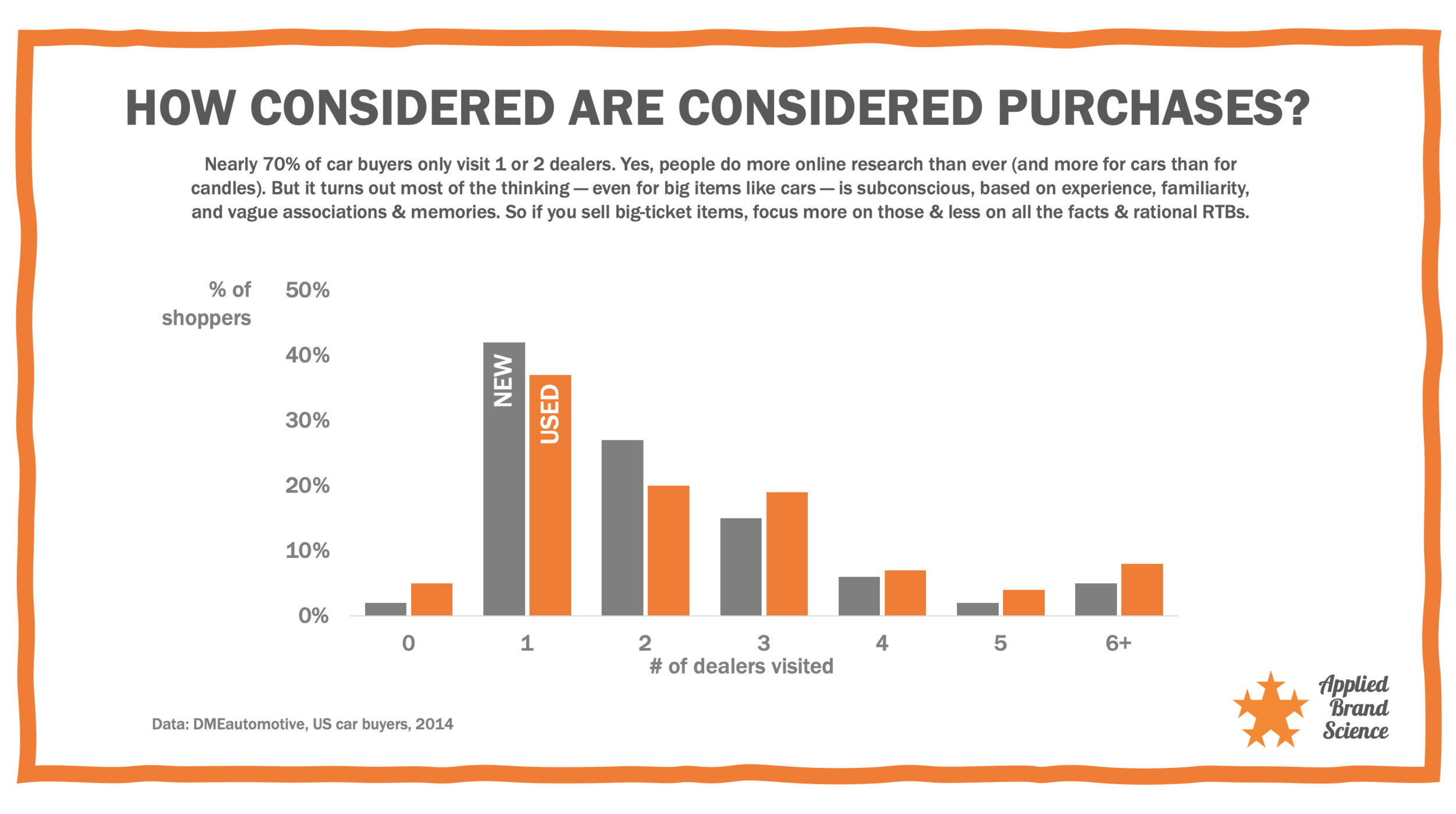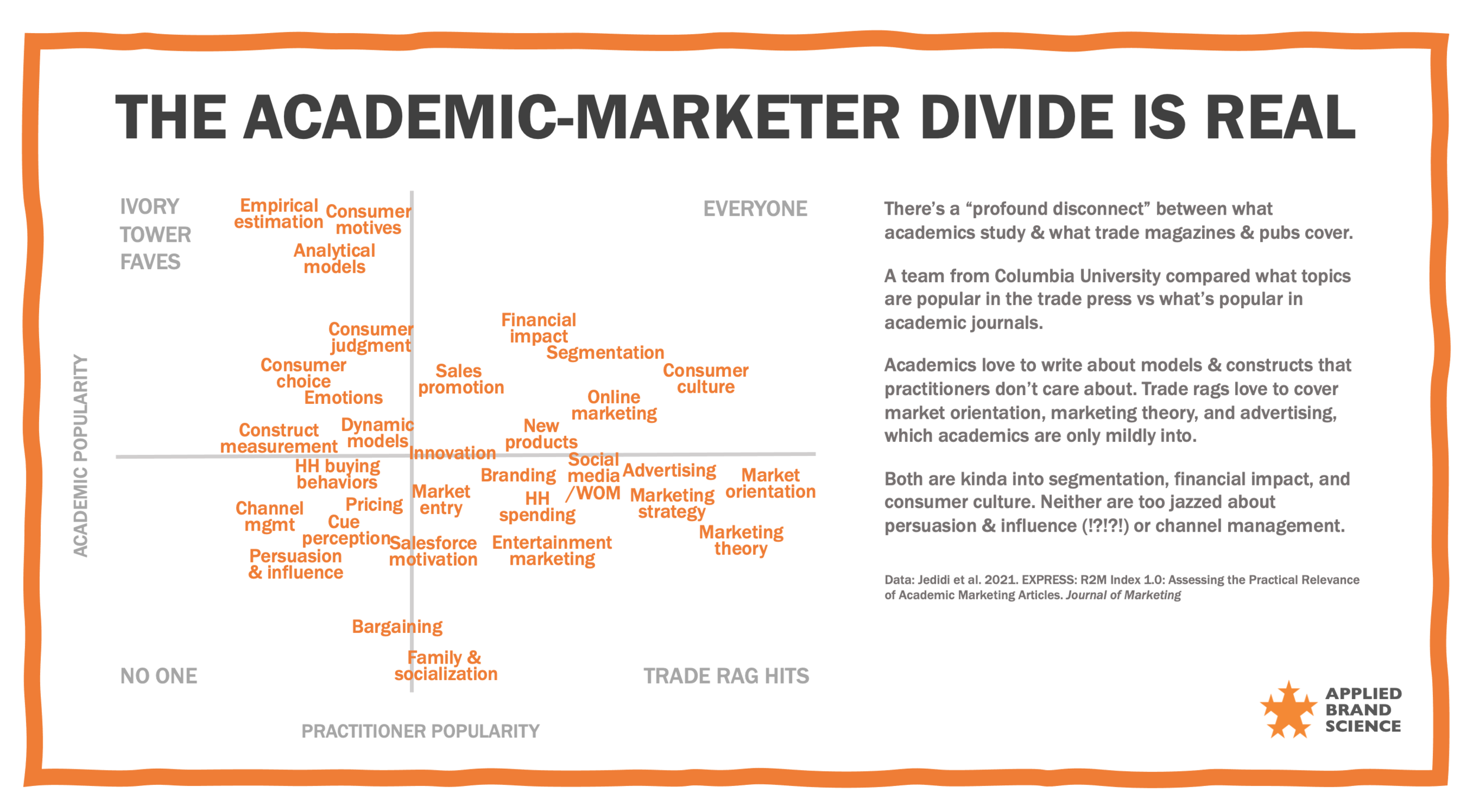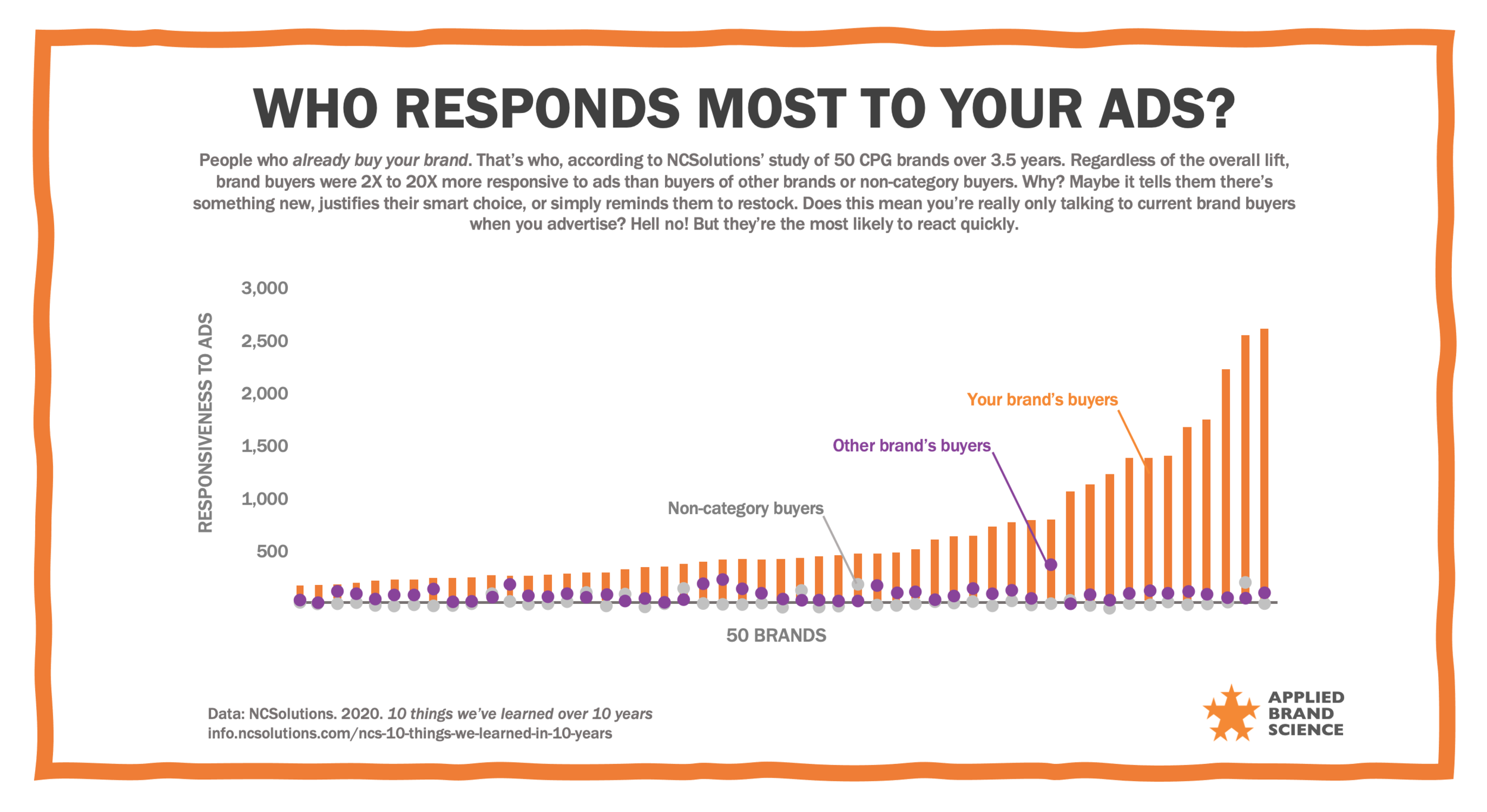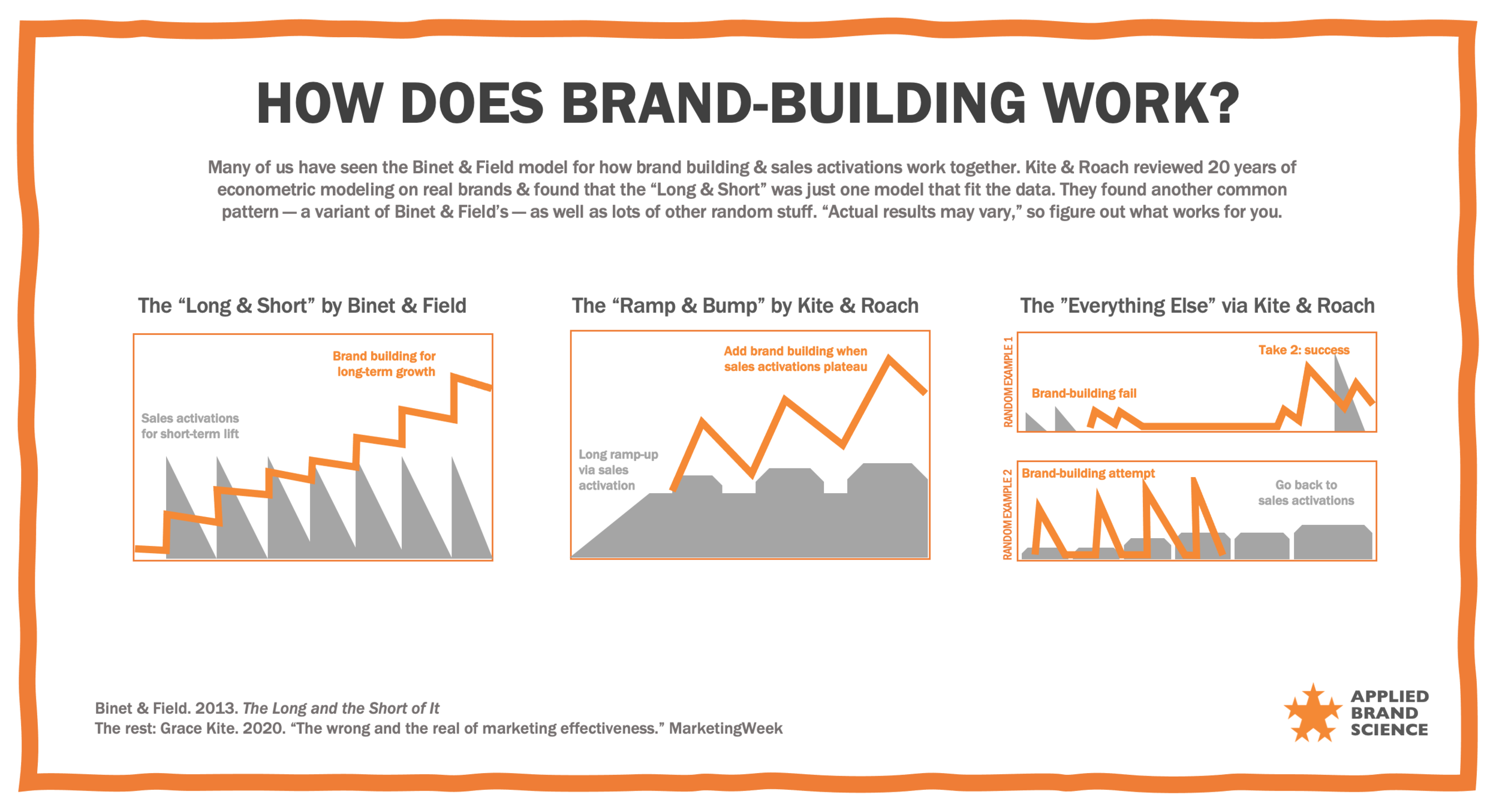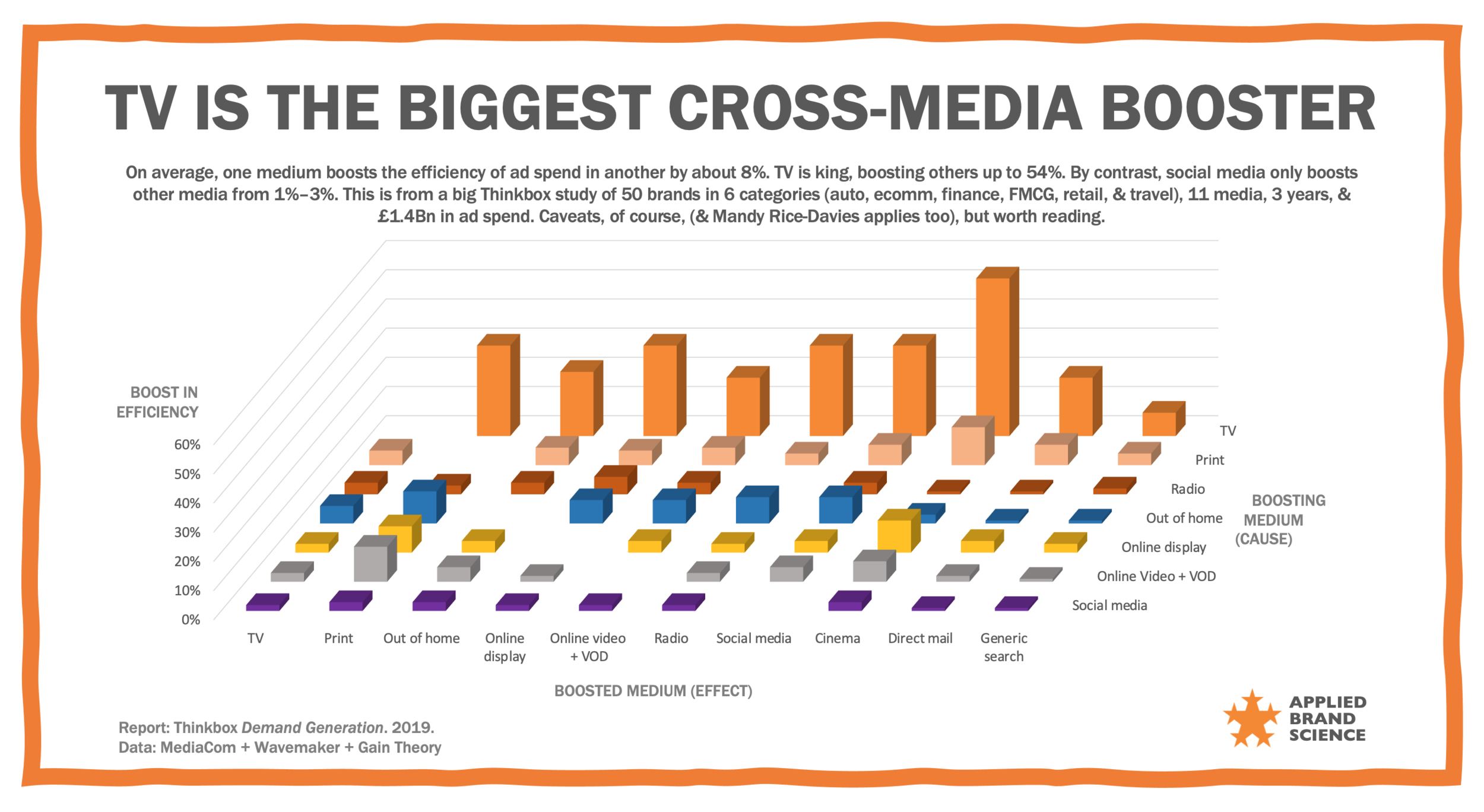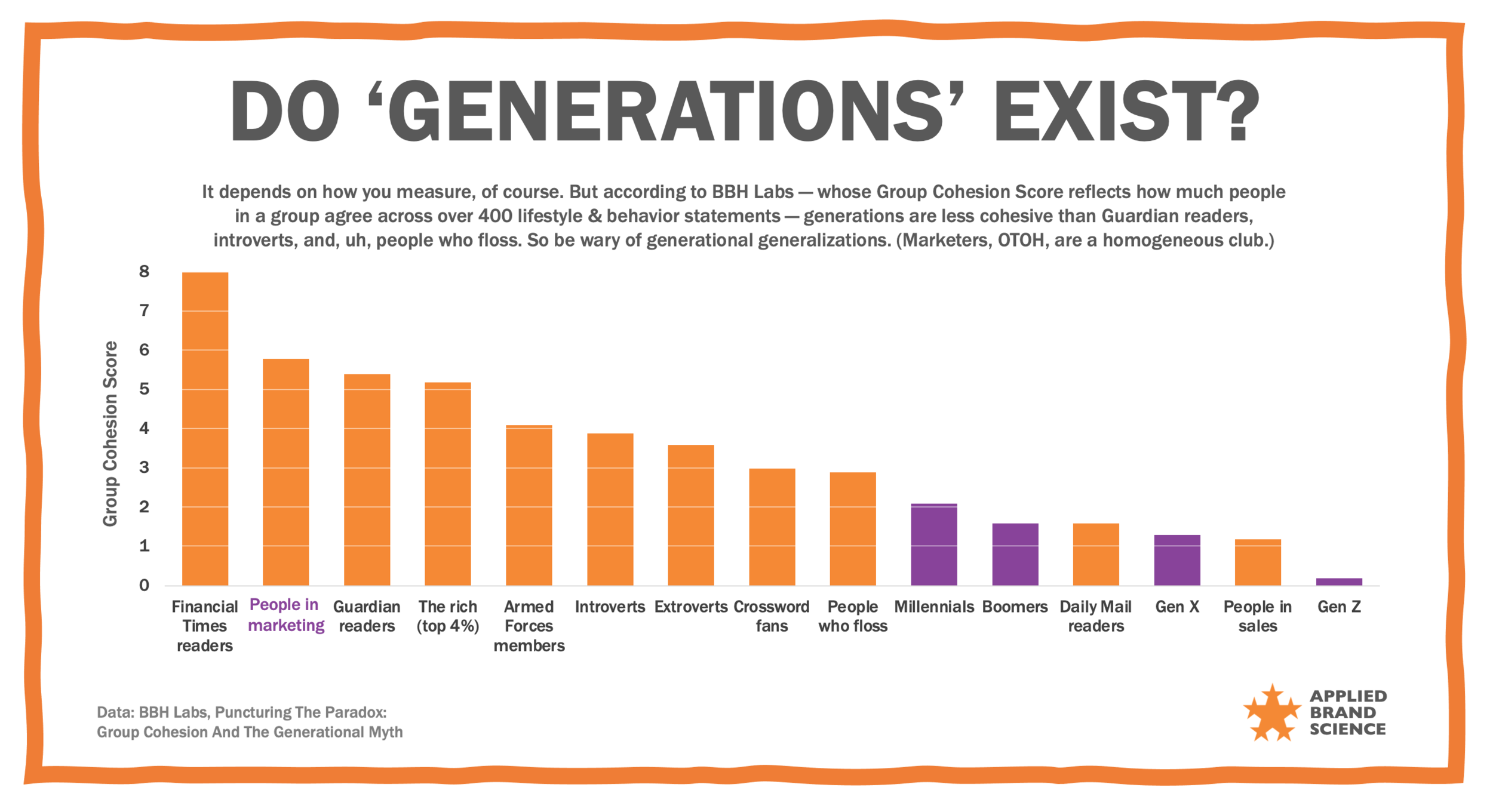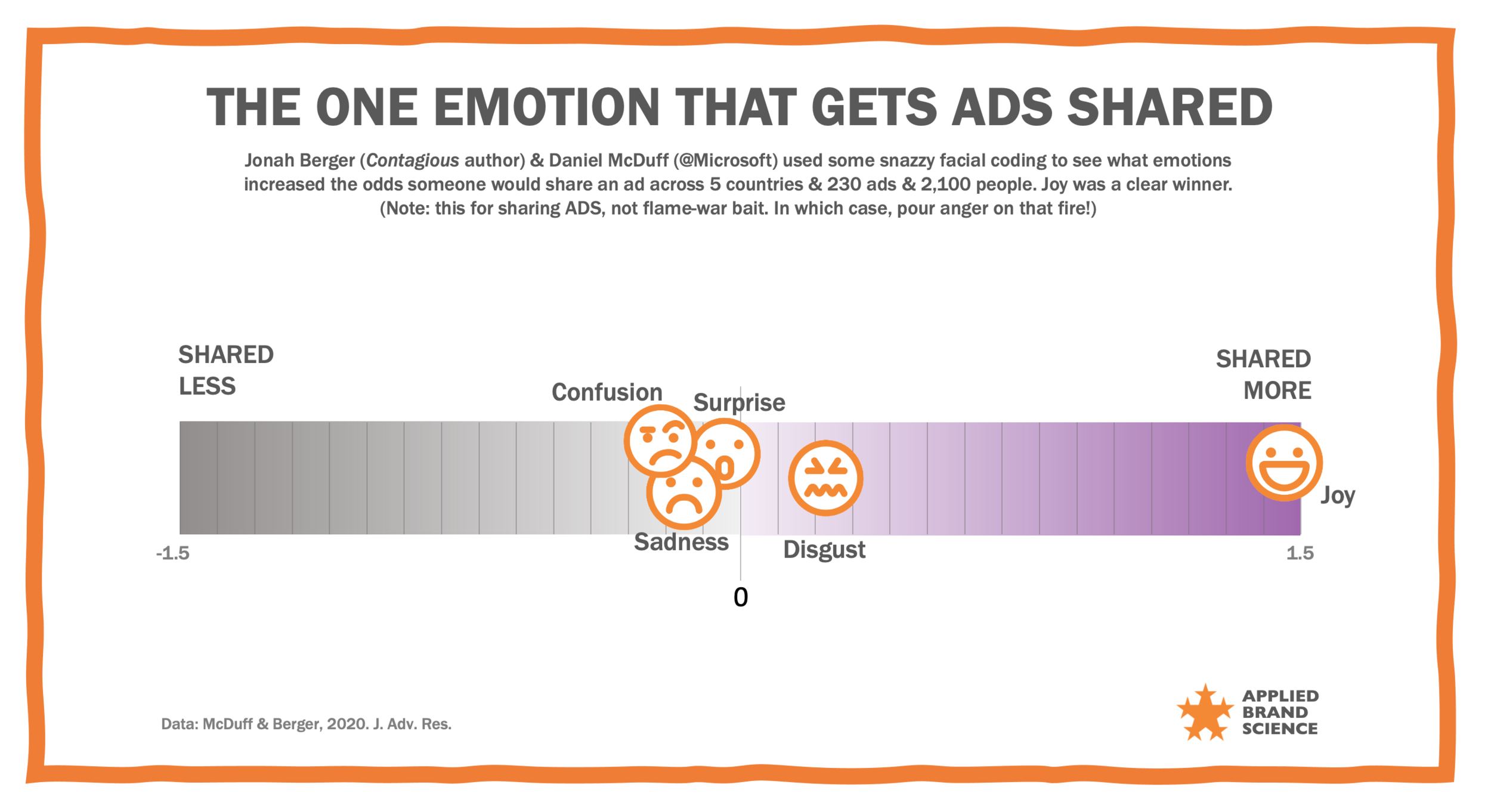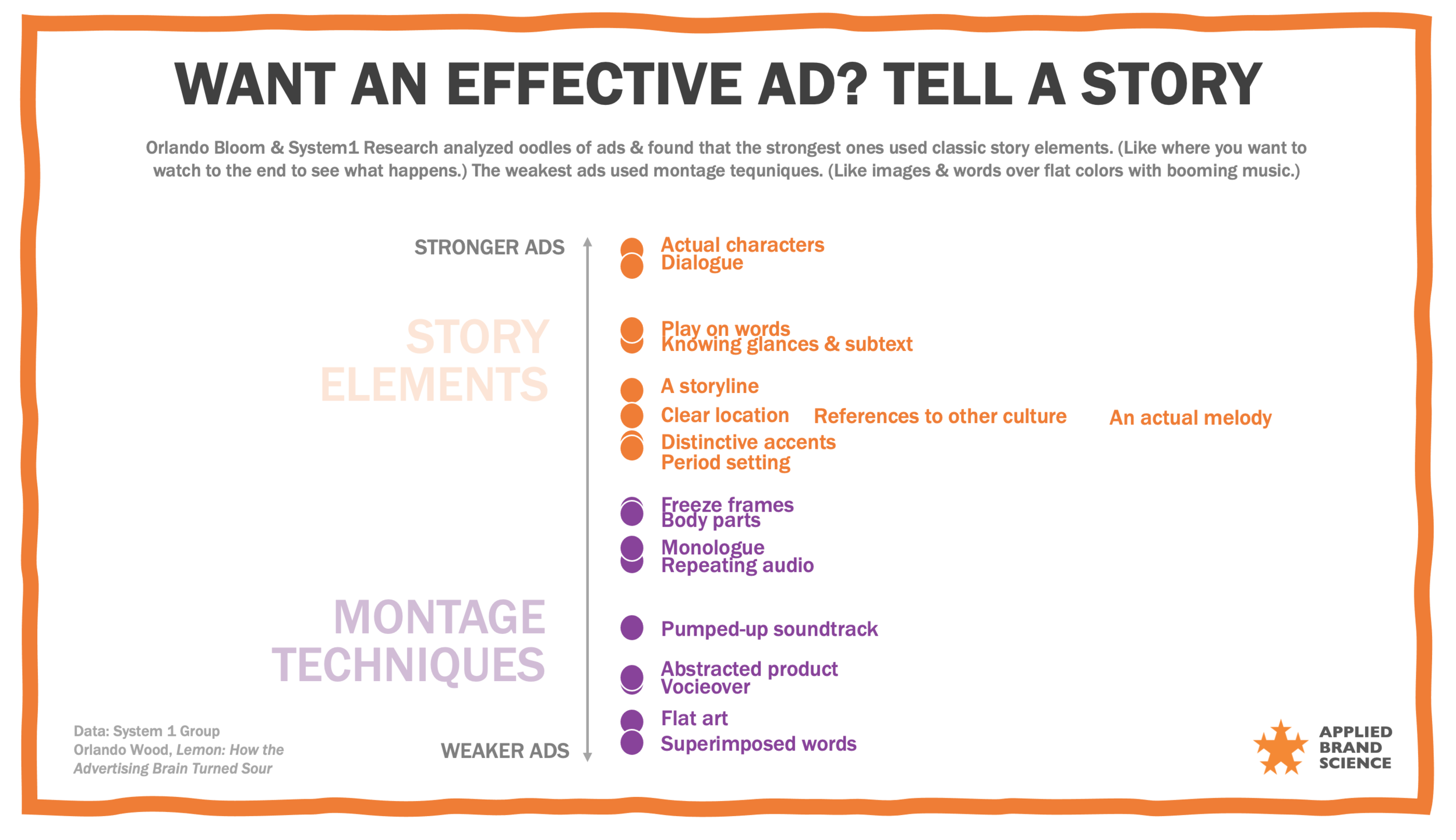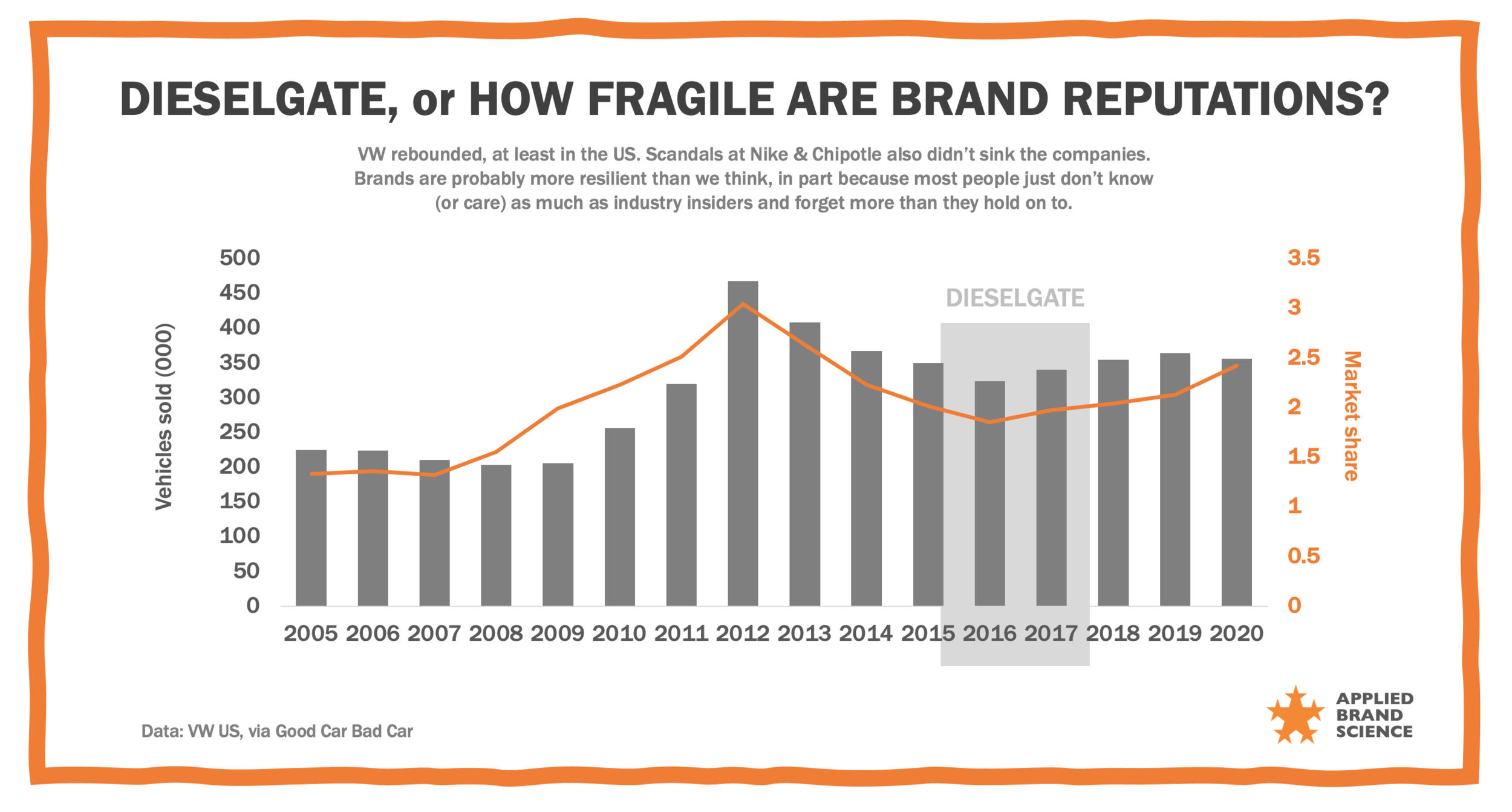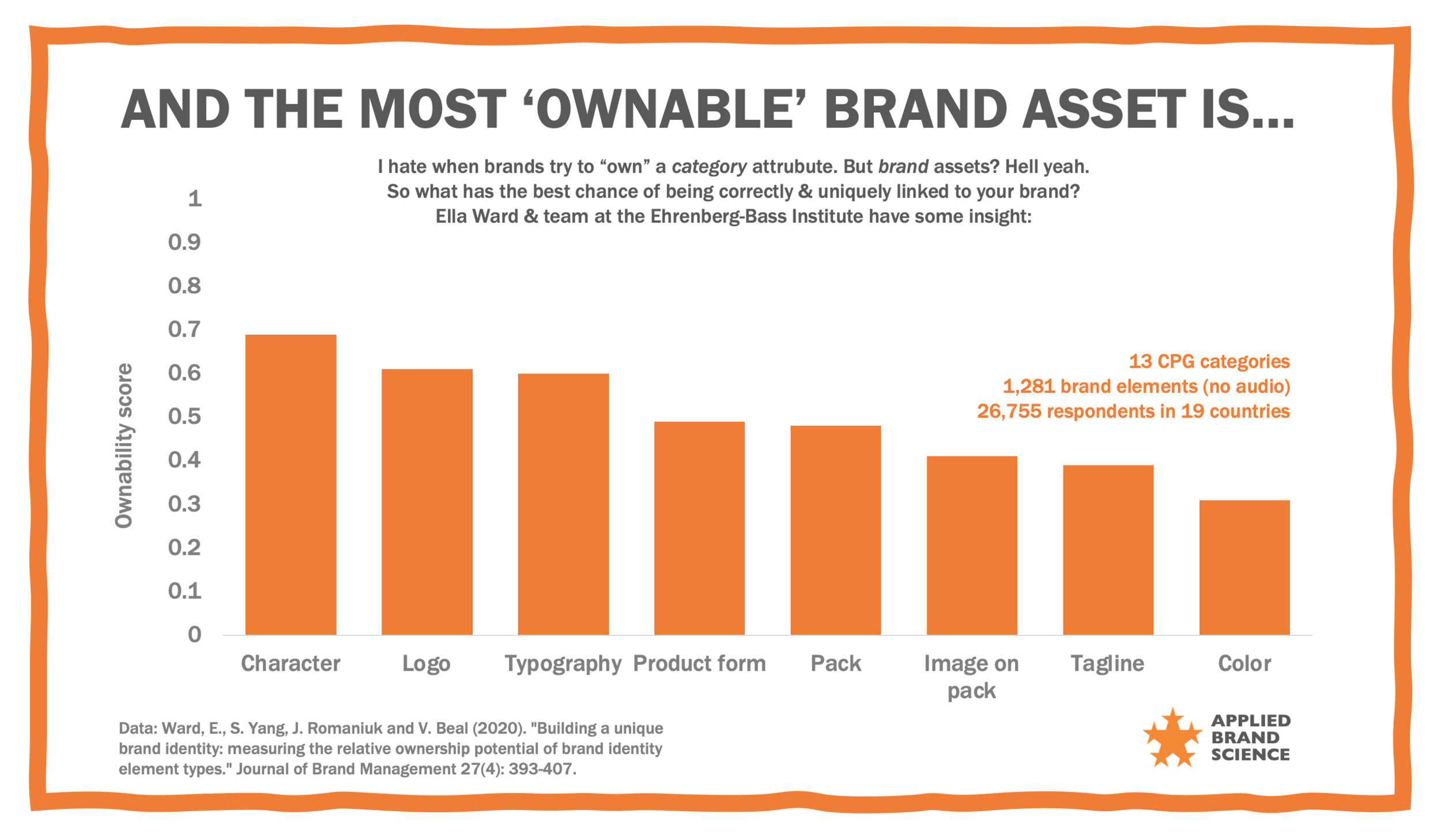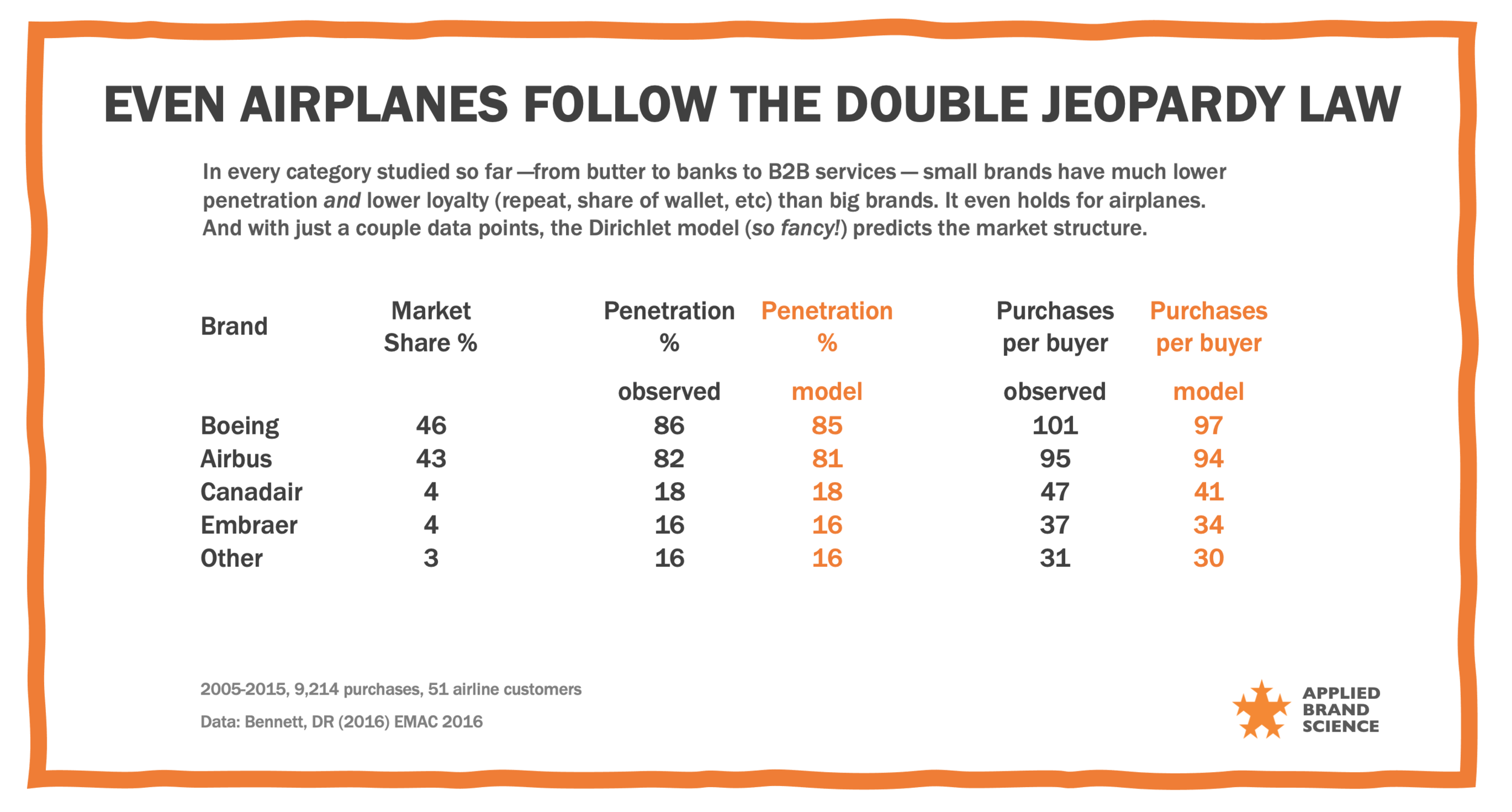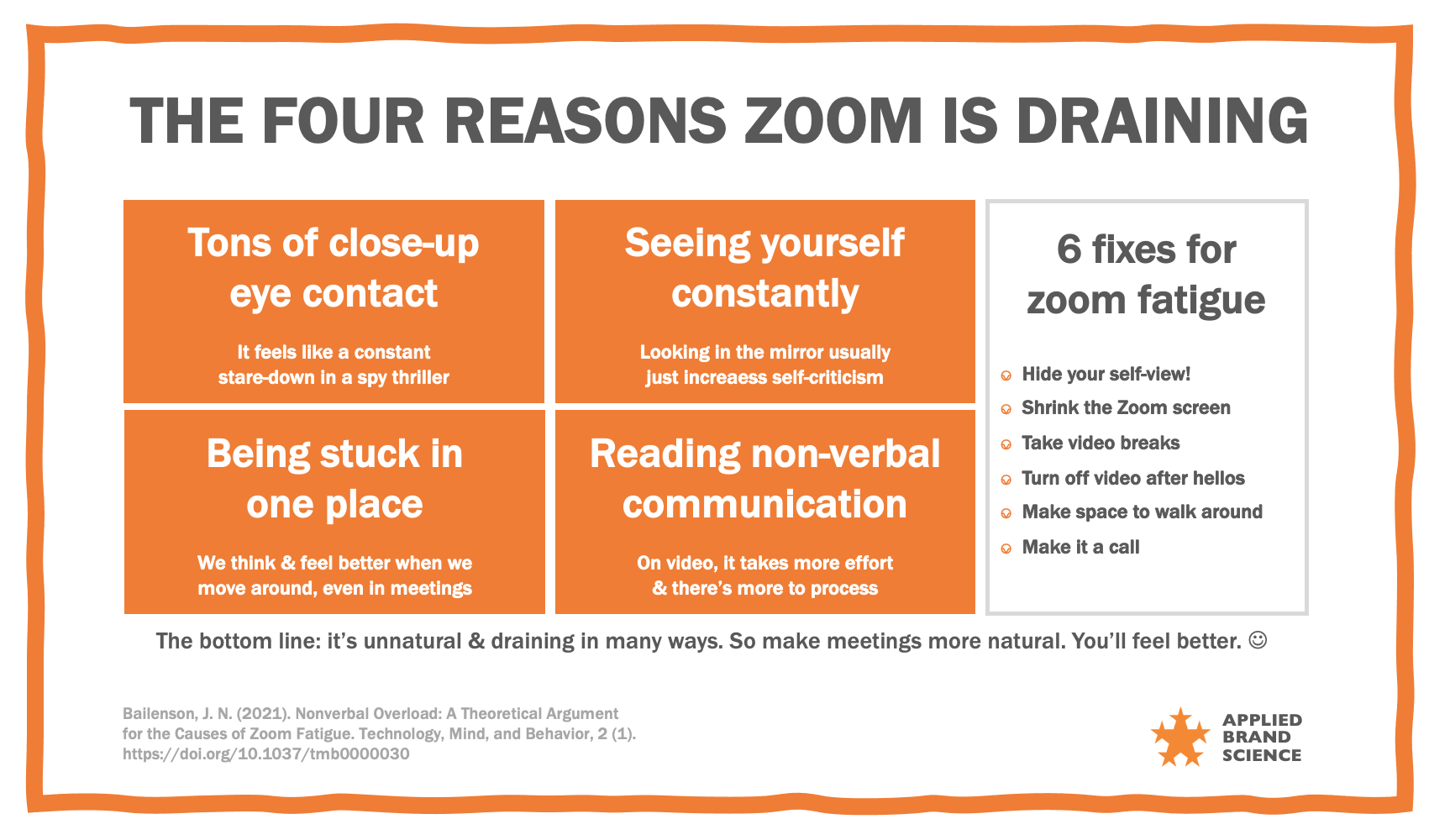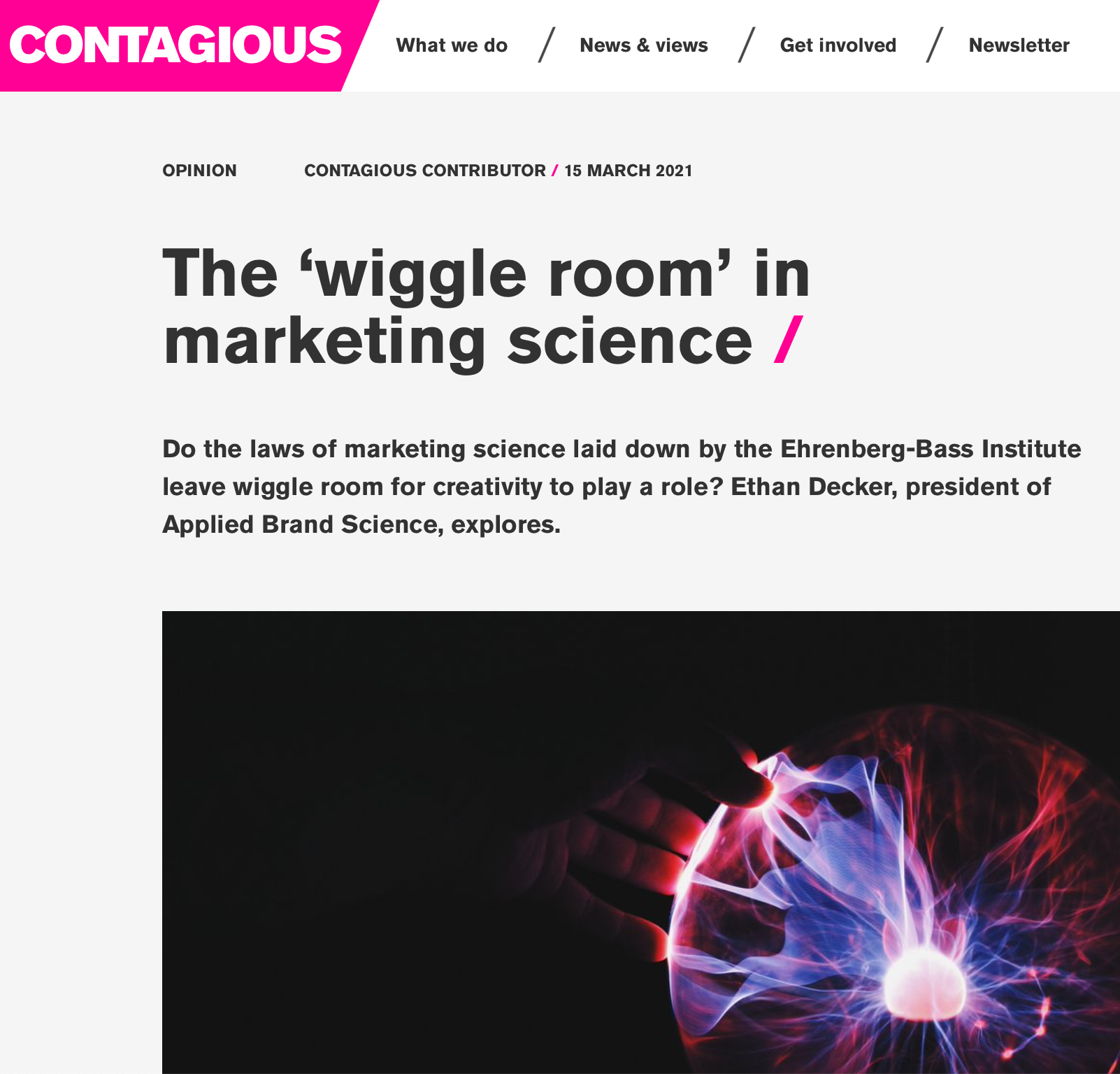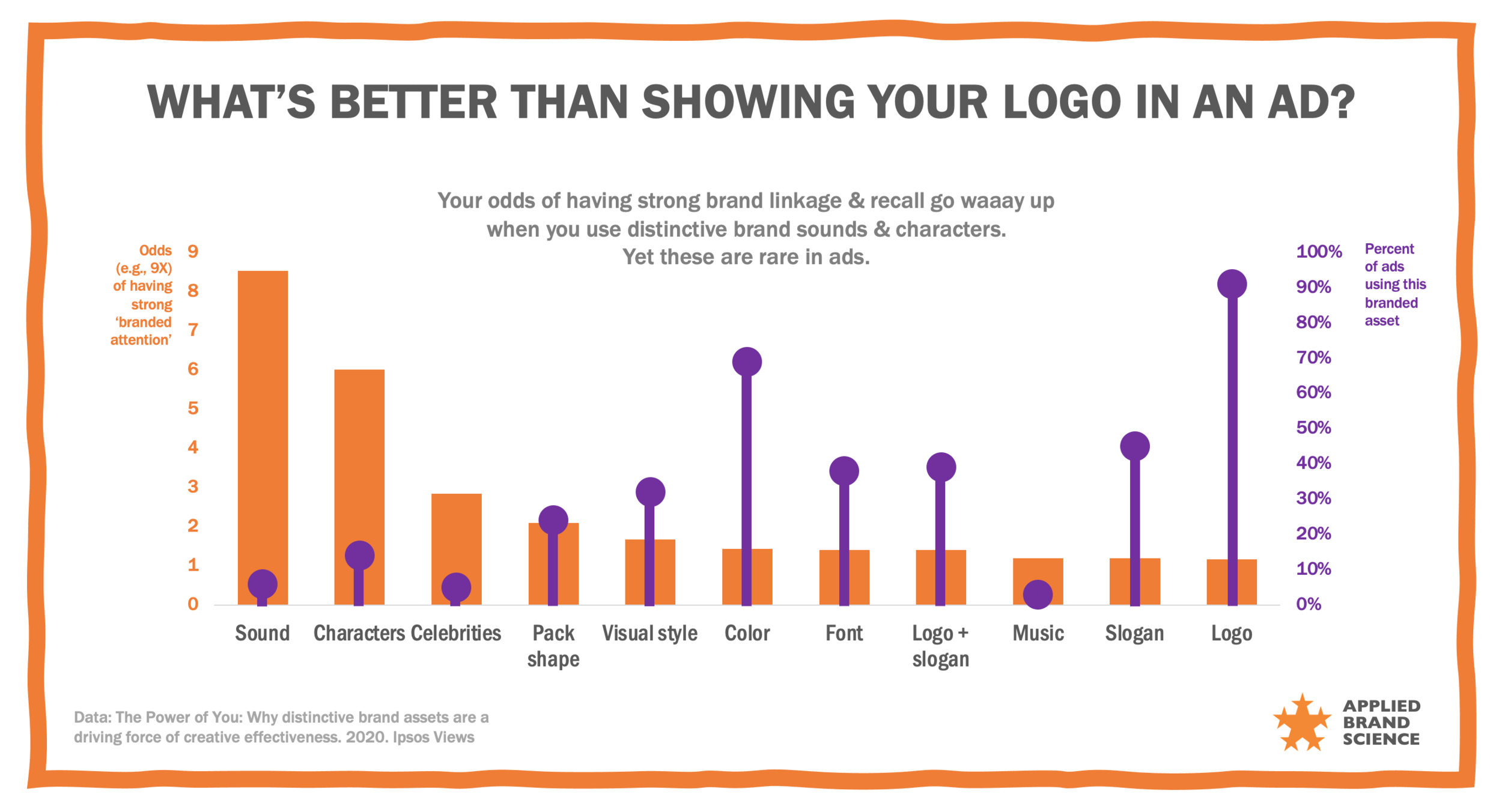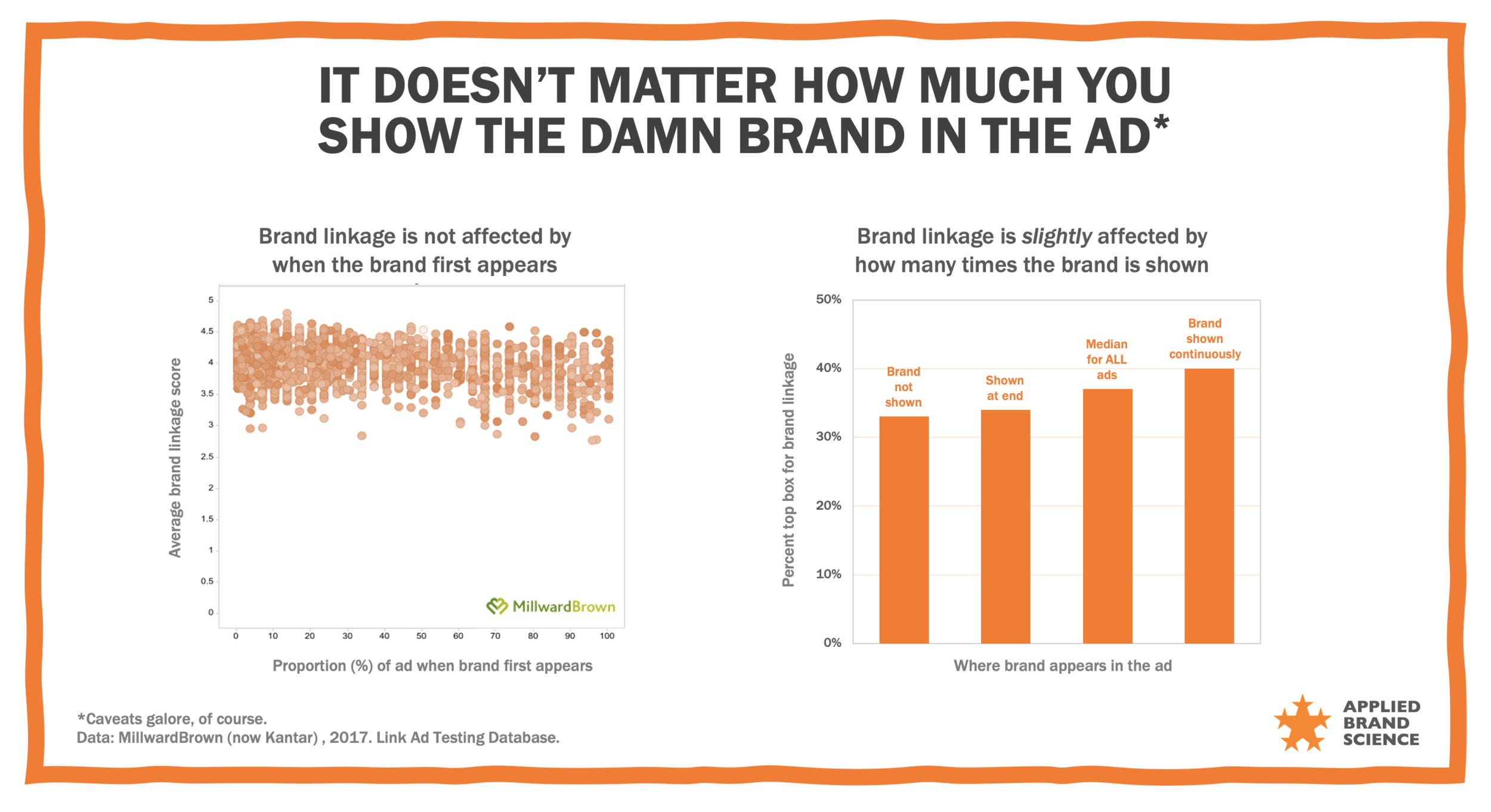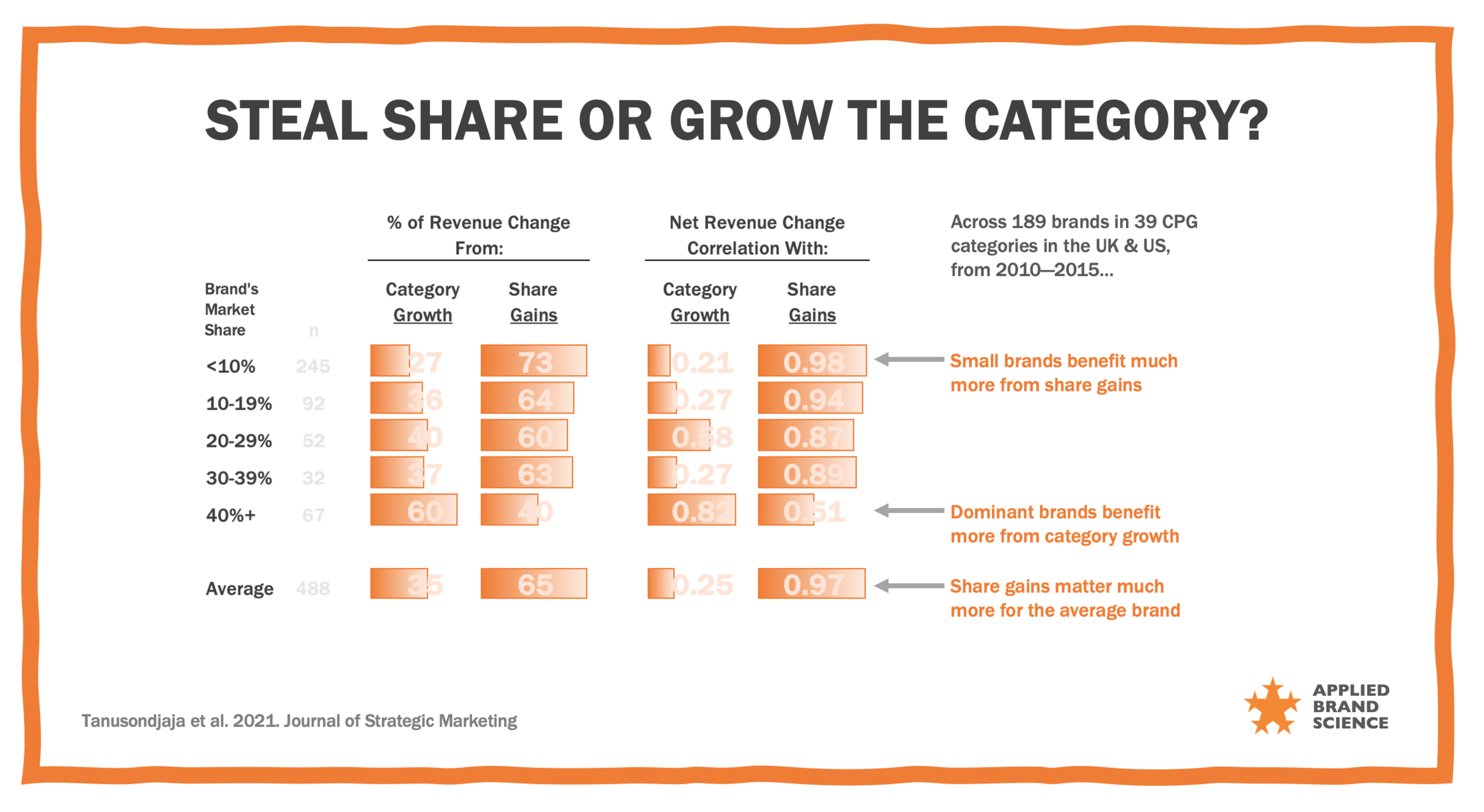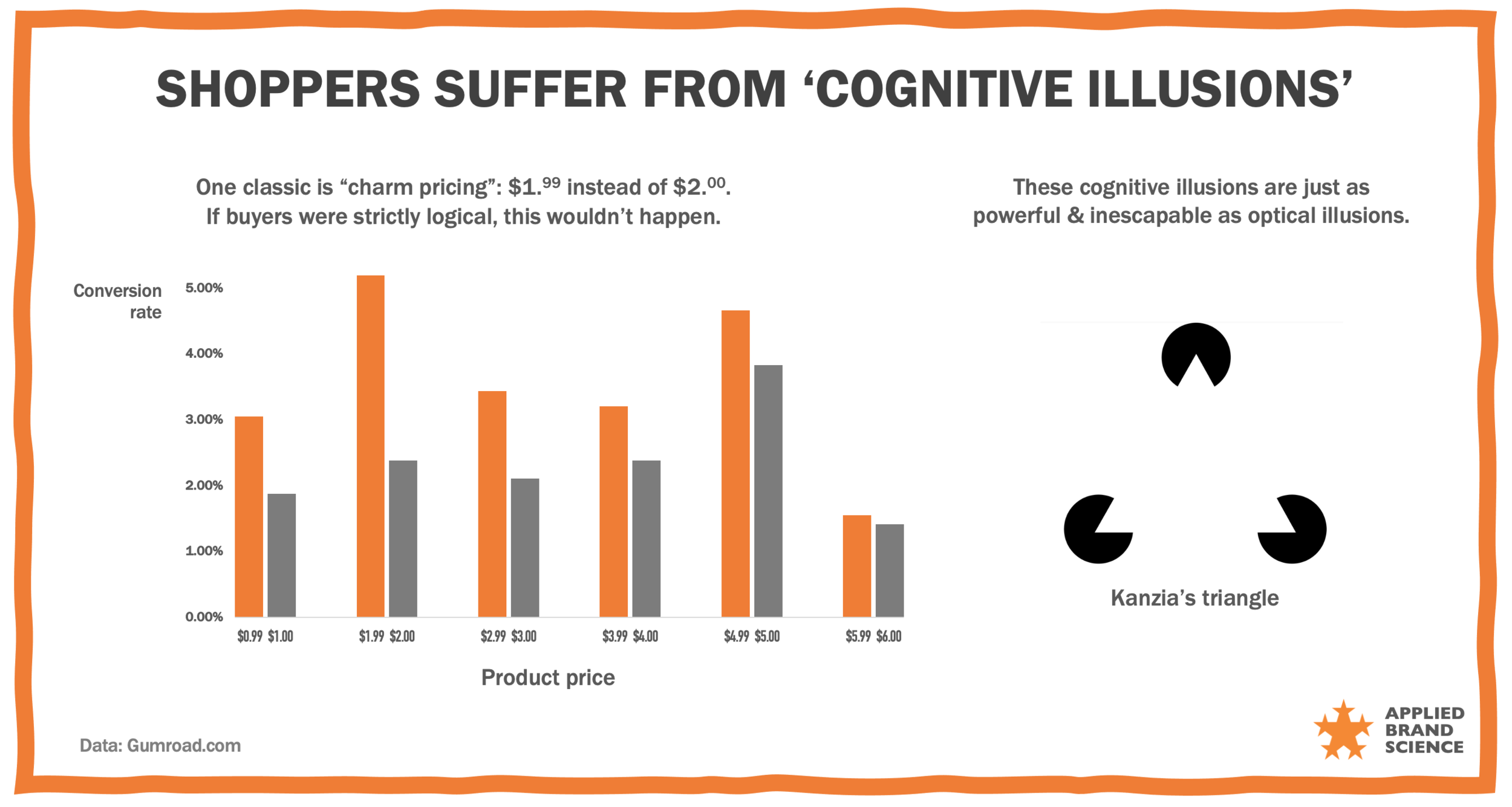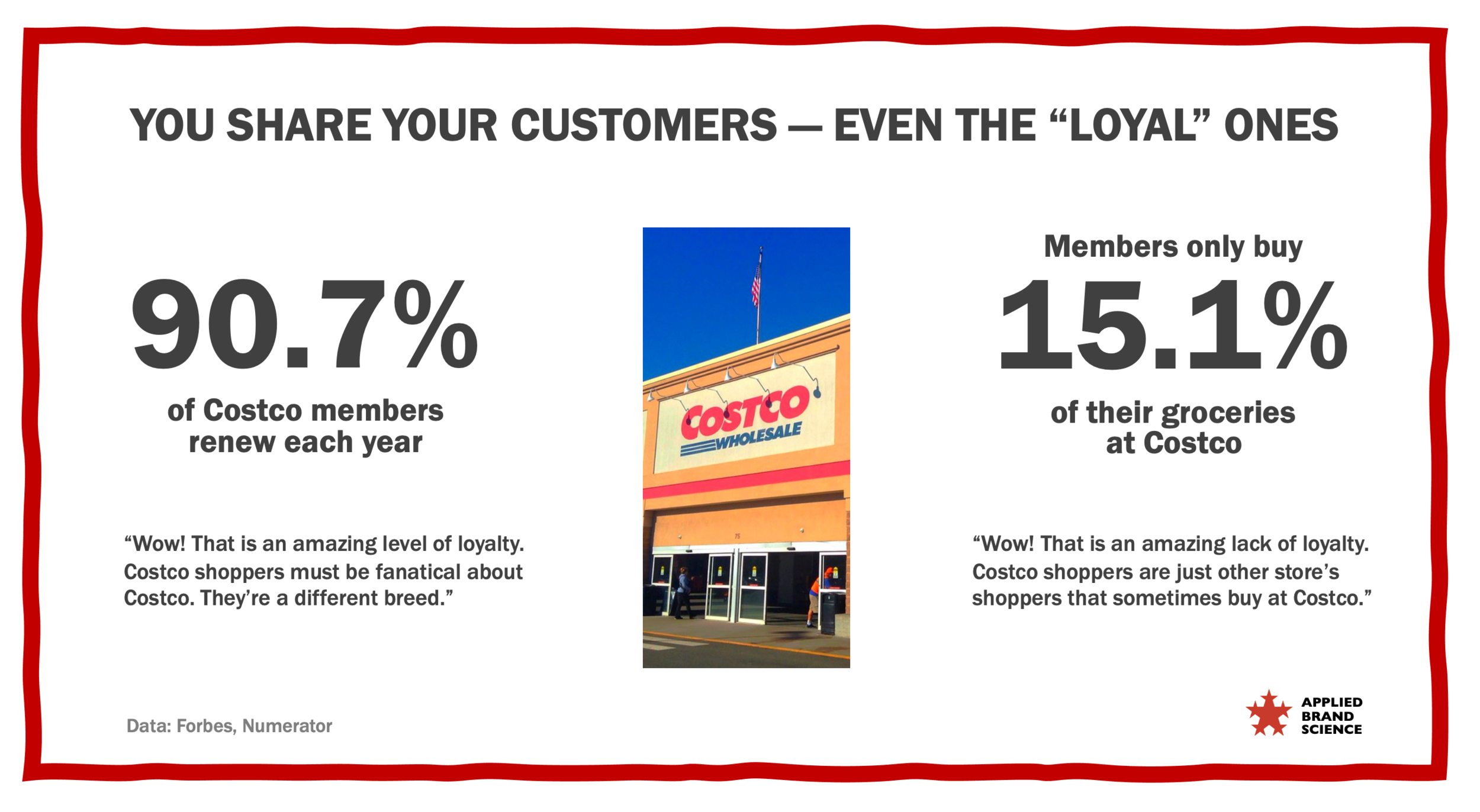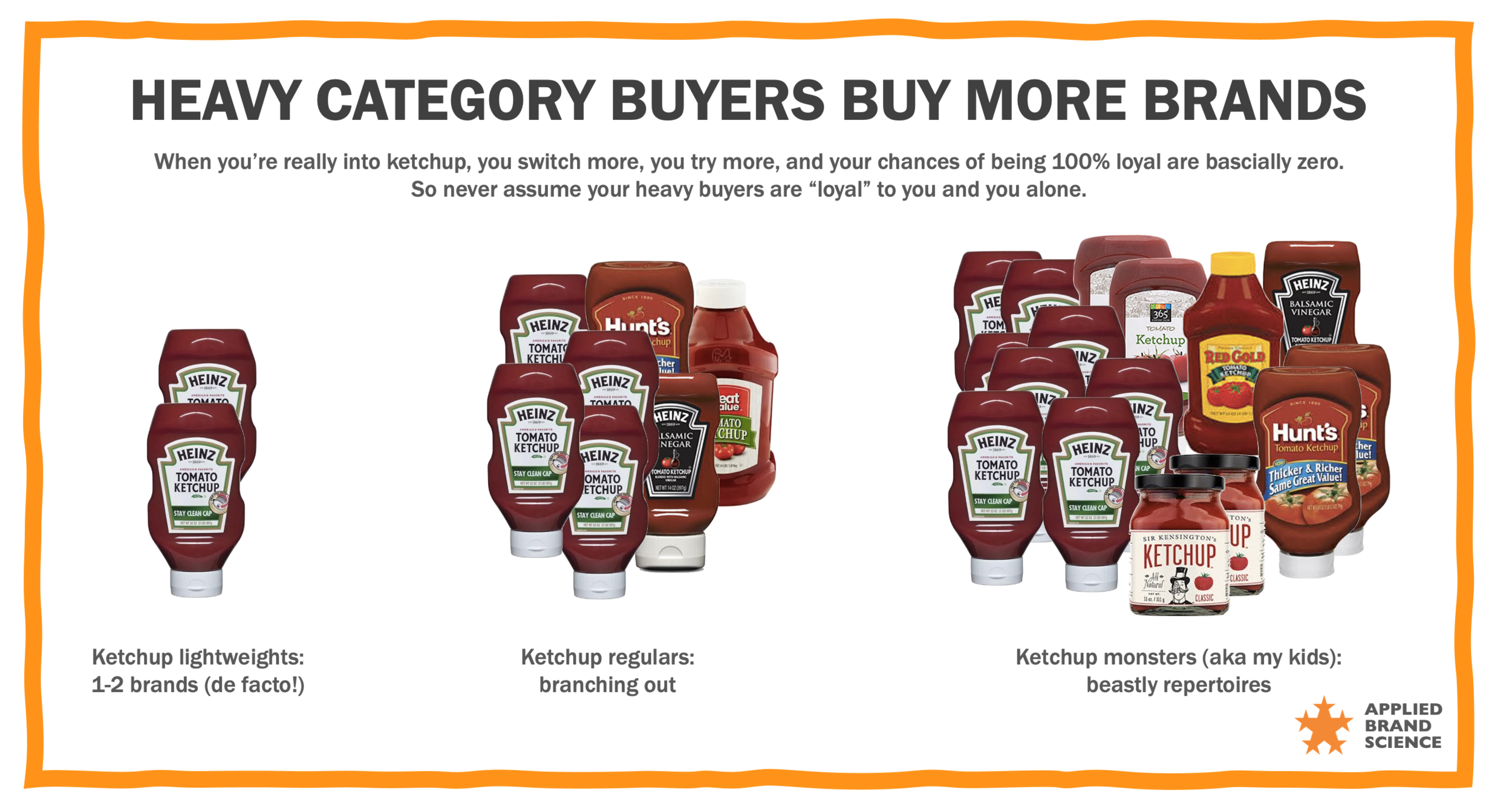
Your source for knowledge, reports, thought leadership, and other tomfoolery. No fluff. No folklore. Just sticky, science-backed brand truth.
The Most ABSurd Blog
How considered are those purchases?
Big purchases should mean big consideration—but DMEautomotive found most buyers barely shop around at all.
The marketing-academia gap
Columbia researchers found a ‘tale of two cities’ between marketing academia and practice—the gap is wide, and getting wider.
Who responds to ads?
An NCSolutions study of 50 brands found ads mostly drive current buyers—up to 20X more than non-buyers.
How does brand building work?
Grace Kite and Tom Roach found the classic ‘long and short’ pattern holds up—but with a twist I call the ‘ramp and bump.’
Is there cross-media synergy?
Thinkbox found multi-channel campaigns really do work—each medium boosts another by about 8%, with TV leading the pack.
Do 'generations' exist?
BBH Labs found Gen-Xers have less in common than Guardian readers or crossword fans—so maybe generations aren’t such a thing after all.
So you want people to share your ad
Want people to share your ads? Jonah Berger and Daniel McDuff’s global study found one emotion beats them all.
Stories beat montages
System1 found story-driven ads—real characters, real plots—beat flashy montages every time.
How fragile is your brand?
Warren Buffett says reputations die fast—but VW’s Dieselgate shows brands bounce back way easier than people do.
So you want an "ownable" brand asset...
Everyone wants ‘ownable’ brand assets—but Ehrenberg-Bass’s global study of 1,200 elements shows few are truly unique.
Small brands don't have loyal fanbases
The data is clear—small brands don’t have super-loyal fans; they just have fewer buyers who buy less often.
The science of Zoom fatigue
We all know Zoom fatigue is real—and it’s not just mental; our brains simply aren’t built for nonstop eye contact, self-view, and talking heads.
The wiggle room in marketing science
My latest for Contagious digs into the wiggle room between marketing’s laws and the creativity that breaks them.
What's better than a logo in an ad?
You’d think slapping your logo on an ad boosts recall—but Ipsos found other brand cues work way harder.
But how many times did you show the brand?
Kantar found that how often—or where—you show your brand in an ad doesn’t actually boost recall. Yowza.
Steal share or grow the category?
Ehrenberg-Bass found that for most brands, growth comes from stealing share—accounting for 65% of revenue gains.
Cognitive illusions
Charm pricing works like an optical illusion—once you see the trick, you still can’t unsee it.
Are Costco members loyal or not?
Brands love to call their heaviest buyers ‘loyal’—but heavy doesn’t mean loyal, and regular doesn’t either.
Heavy buyers aren't loyal buyers
Heavy buyers aren’t your most loyal—because the more people buy, the more brands they buy.
How to be less human
Mondelēz says it’s moving from marketing to ‘humaning’—because nothing says human like inventing a new corporate buzzword.

